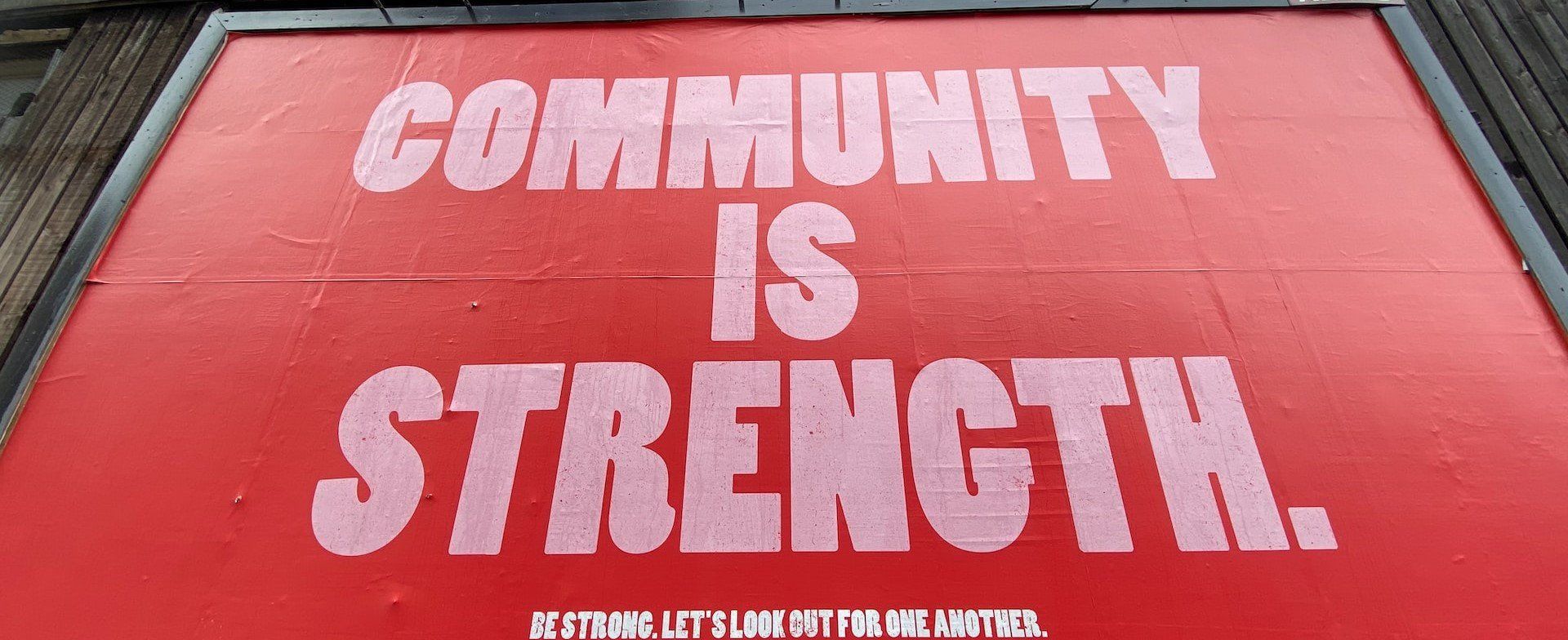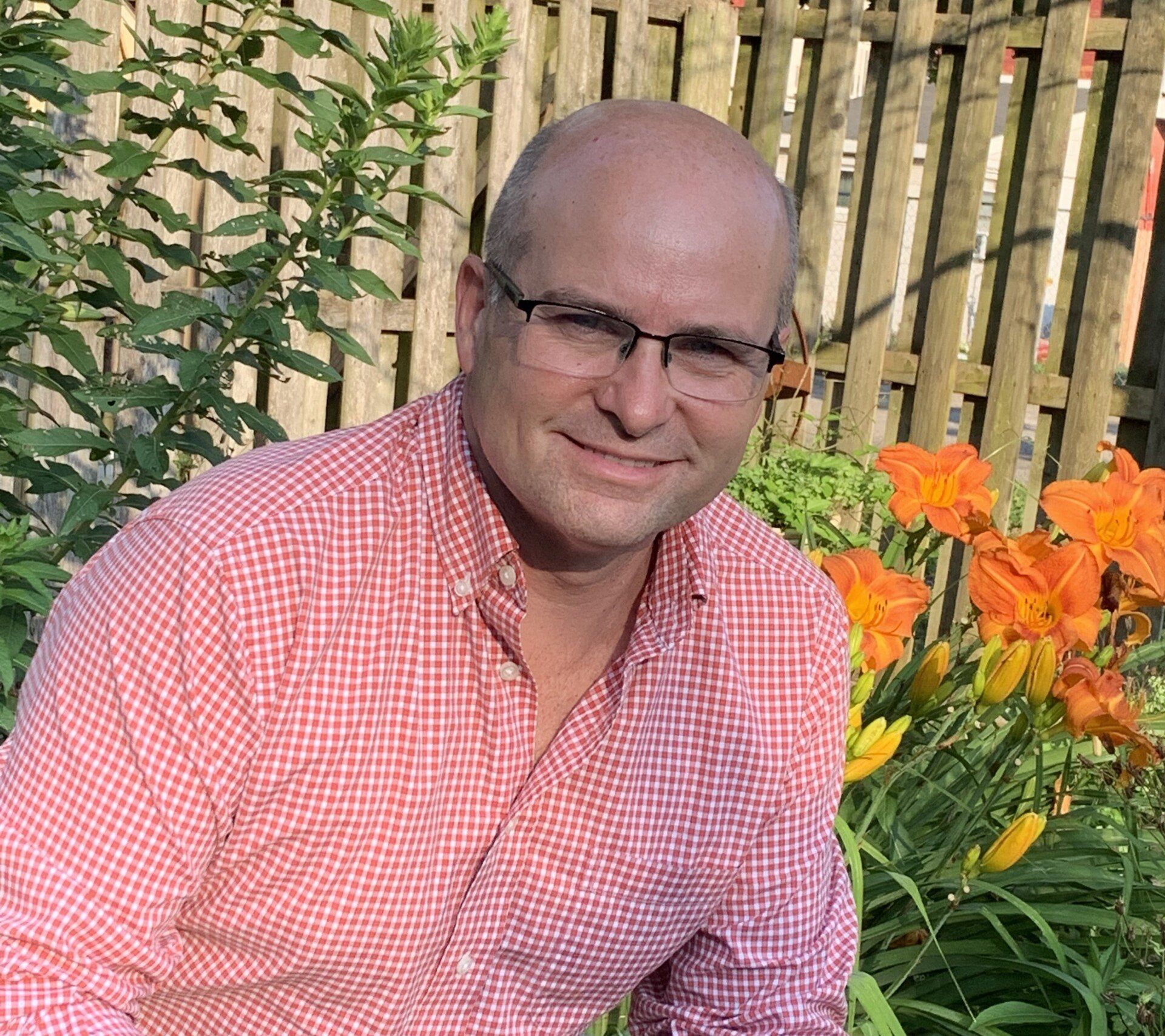Learn more about my book "The Courageous Ask"
Leaders Fear Being Themselves
American poet E. E. Cummings
wrote in
A Poet’s Advice to Students, “To be nobody but yourself—in a world that is doing its best, night and day, to make you everybody else—means to fight the hardest battle which any human being can fight: and never stop fighting.” And what is that like as a leader? The fight is magnified under the bright lights.
Being yourself in your role as leader is a commonly held principle, but it is rarely practiced or practical due to fear: fear of not being good enough, fear of looking bad, fear of our deepest self being exposed and not accepted, or fear of lost respect.
Sound familiar?
Some reading this will believe my assertion is wrong and that you are the example of how wrong I am. If it is genuinely true, then congratulations! You are indeed the rare exception.
(This blog focuses on starting a conversation centered on preventing the fall of nonprofit leaders. I write it from a Christian perspective, but all leaders will benefit. Be sure to sign up to receive these articles via email every Tuesday at
briankreeger.com as well as taking a look at previous blog articles. In addition to receiving these articles two days before they hit social media, you will receive the article "5 Early Indicators of a Christian Nonprofit Leadership Fall" along with the Contents, Introduction and the Appendix (My story) of my book,
The Courageous Ask: A Proactive Approach to Prevent the Fall of Christian Nonprofit Leaders.)
I recently spent some time
with a leader who left his position at a growing $2 million Christian nonprofit. It was one of those deals where the board gave him a choice: resign or be terminated. In this case, there was no moral failing or money mismanagement, just performance issues. I know because I was on the board that made the difficult decision.
He has since gone on to have a successful consulting business and considers what happened a blessing in disguise.
It was a troublesome time for him, and for us as board members. We had meeting after endless meeting praying and discussing what to do and how to react to the shortcomings of this leader. We set aside our already busy lives for multiple days in a row for weeks.
He went through emotions of self-doubt, measuring his worth as a leader, as a father and husband, and as a man. The work he had put his heart and soul into for several years seemed to all be for naught.
So how could he now look back
and see a blessing in disguise? Now he felt like he could be himself again.
When he went to local ballgames, he could just be a father to his children and husband to his wife. He didn’t have to scan the crowd to see who was nearby, making sure he acknowledged potential donors or influencers who might impact the organization. If he wanted to get another beer from the concession stand, yell at the umpire, or even just be goofy with his family, no problem.
He could now go to church as himself and not the CEO of the organization. Now he could just go to church -where a big donor to his nonprofit also attended- and not worry about being someone other than himself. If he ran into the donor, okay. If not, no problem. No need anymore for hunting them down to make a positive impression. He could now focus on his family without fear that he might say or do the wrong thing.
Another person I interviewed
is a fallen executive who ran a $3.5 million rescue mission. This leader fell because of a moral failure and mismanagement of the nonprofit. He said that the stress to fit the mold of a Christian leader, leaving his true self behind, was pressure packed and was a part of his fall and the near destruction of his marriage.
He said he always felt like he had to be careful where he went, where he ate dinner, how he dressed, and with his appearance. Where he attended church was even important.
This former executive feared that he could not show any character flaws—those flaws, he worried, would reflect poorly on the organization and affect donations and support. He told me that he eventually hid out in his condo.
He felt like he had to continually keep up a facade. He always wanted people to think he was superhuman and that he and the organization could accomplish anything. “But you can’t let them see you sweat,” he said. “If I gave anyone any indication that there was any problem at all, my fear was that they would not contribute or support us in what we were doing.”
And this same issue is confirmed
to exist in the for-profit business world. Thomas Saporito, CEO of RHR International, points out, “CEOs and other leaders go to great lengths to maintain a facade of unflappable confidence, concealing any insecurities or feelings of anxiety. But this cycle creates dangerous problems for both leaders and their organizations as a whole.”
In looking back, concerning the person who was asked to leave the $2 million organization, I think we, as a board, lost confidence in him, and we asked him to leave because he didn’t keep a strong enough facade in place. There was an internal battle to not be himself. He is a marvelous person who has proven his value in his field, but possibly was not a suitable fit initially to lead the organization. (Full disclosure—I was also on the same board that hired him in his position.)
Sound familiar? My research indicates most leaders reading this are nodding right about now in agreement and are very familiar with what I have written.
I relate to that sentiment because I lived it.
There were two things
my wife would tell you that annoyed her tremendously when I was running a growing nonprofit. First, I could not be myself. I was always trying to impress people. It didn’t start that way, but it developed sinfully into this. Some would say this was a character flaw, but all leaders struggle with this temptation.
And second, I would never focus on her when we went out. When we went out for dinner I was always looking over her shoulder, scanning the room for potential donors and those that could influence and impact the organization. I also had to always sit facing the entrance so I could watch who entered.
And she was right. Hey, I was building a nonprofit, right? I figured that justified everything. Wrong. Over time, this made her feel devalued, and justifiably so.
I list Loss of Identity
as one of five indicators of a potential leadership fall in an article you get free when you sign up for my newsletter. Loss of identity starts with a leader not feeling like they can be themselves.
A leadership fall almost always finds the leader ultimately at fault. But the people around a leader can really help if they are keeping an eye out, accepting a leader for who they are, and being courageous when they see indicators in the life of a leader who is falling.
Next week I will write about how a leader can maintain their identity while still living under the pressures of their position.
Be Courageous!
Be Proactive!
Thomas Saporito, “It’s Time to Acknowledge CEO Loneliness,” Harvard Business Review, February 15, 2012, https://hbr.org/2012/02/its-time-to-acknowledge-ceo-lo#:~:text=Nearly%2070%20percent%20of%20first.
Be sure to sign up to receive these articles via email every Tuesday at
briankreeger.com. In addition to receiving these articles two days before they hit social media, you will receive the article "5 Early Indicators of a Christian Nonprofit Leadership Fall" along with the Contents, Introduction and the Appendix (My Story) of my book,
The Courageous Ask: A Proactive Approach to Prevent the Fall of Christian Nonprofit Leaders.
#LeadershipFall #LeadershipSurvival #NonprofitRelationships #ProactiveApproach #LeadershipStruggles #LeadershipBattles #ChristianExecutiveLeader #ChristianLeader #CourageousAsk #Proactive #ProactiveLeadership #NonprofitLeadership #ExecutiveLeadership #ChristianLeadershipFall #LossOfIdentity






